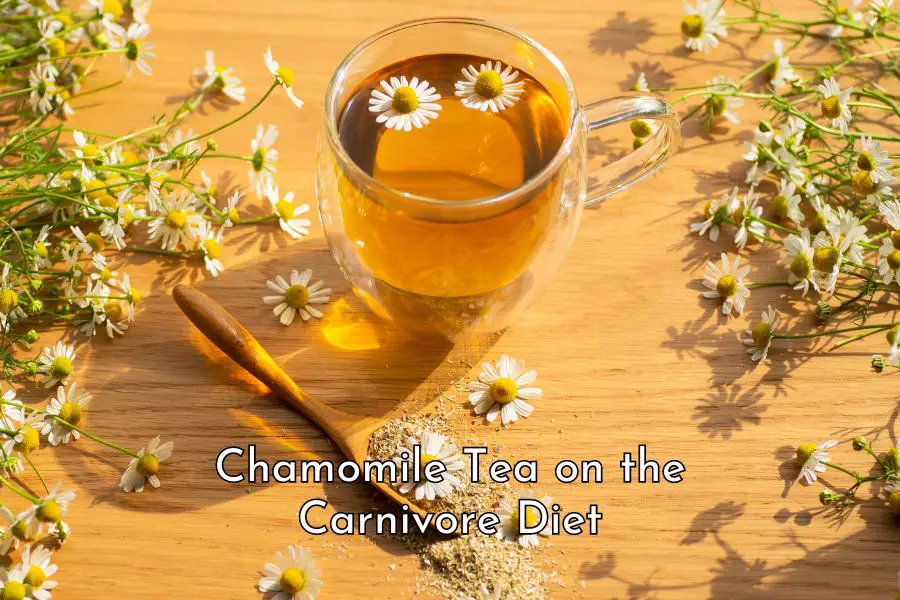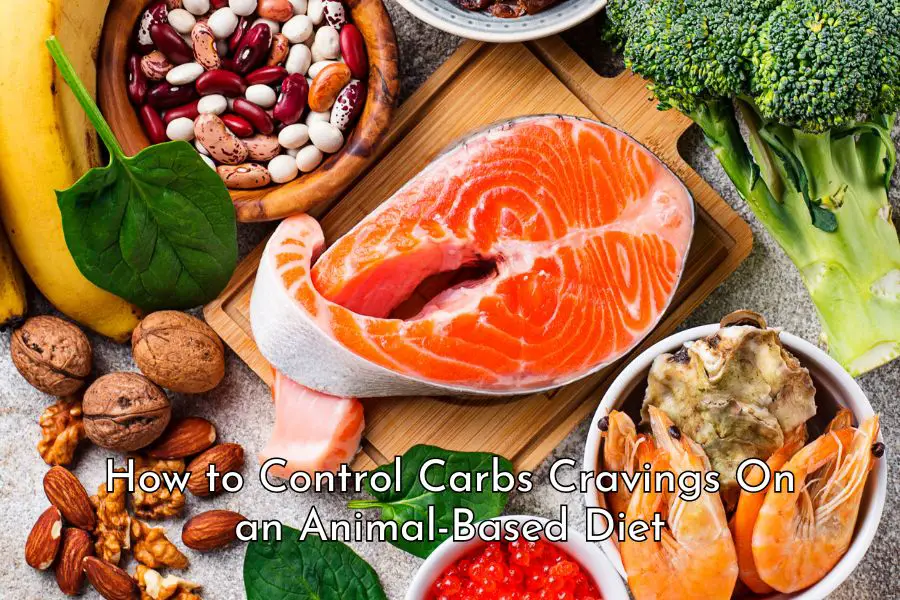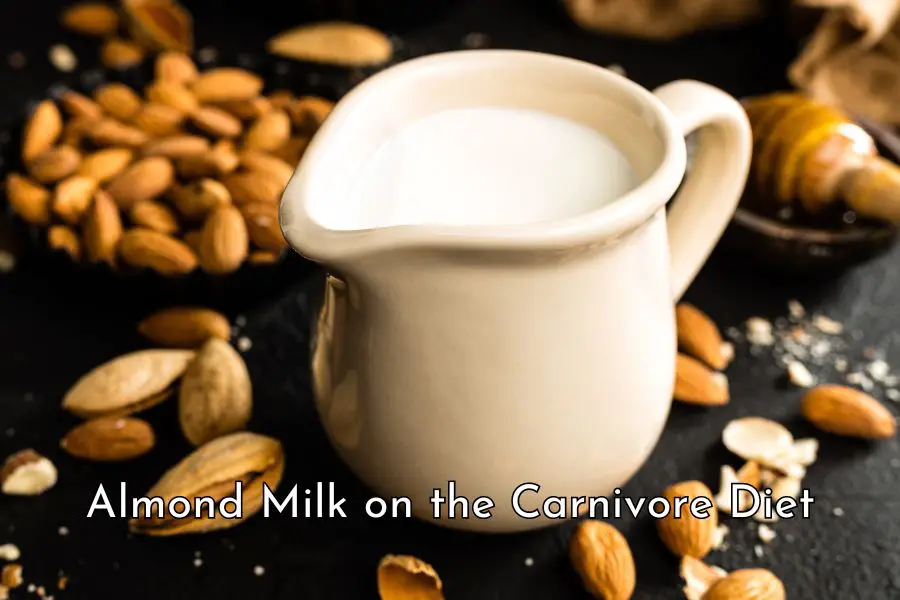In the last post on this topic, I’ve written at length about what you should eat on the carnivore diet and why. This is a short summary post for ease of reference.
In this post, I will provide just 2 lists:
- one for those who are on a budget,
- one for those who can afford the best quality food available.
If you would like to create one for yourself, my single best tip is to make fatty ruminant meat and organ meat the center of your diet and occasionally add other animal source food that you enjoy and can tolerate in small quantities.
My aim in writing this post is to show those who are new to the carnivore diet that there are many food options and you can do it healthily on any budget.
After a few months on this diet, you will find that this diet is very easy to follow and it is not restrictive at all.
The beauty of this diet is once you experience what it feels like to eat the food your body is meant to eat, you don’t want to eat anything else. You won’t crave sweets, carbs, and treats. You probably will never want to take another bite of muffin or doughnut knowing how bad it is for your body.
Below are the food lists to suit different budgets.
Carnivore diet food list for those who are on a tight budget
I have previously written about how you can do the carnivore diet on a budget without compromising nutrition.
In summary, if you are on a budget, focus on ruminant meat and incorporate a variety of organ meat into your diet. You can eat other animal-source foods if you can tolerate, enjoy and can get them cheaply but they are not essential.
By eating a variety of organ meat regularly, you would have made up for the loss of variety in your food and still ensure you get all nutrients for your body’s needs.
For example, brains are a good source of omega 3 fatty acids so it is not a concern when you cut out seafood.
Similarly, liver is a good source of vitamin K2 and bones are a good source of calcium and you don’t need to have cheese or other dairy products to get those nutrients.
| What to eat | How often | How much | Why |
|---|---|---|---|
| BEEF: Any fatty cheap cuts you can find, for example: – Brisket – Blade steak – Stew meat – Arm chuck roast – Bottom round steak – Top round steak – Sirloin tip steak – Shin – Flank – Skirt – Offcuts – Ground beef – Fat trimmings | Daily | Staple | Herbivore, fed species-appropriate diet, better raised, better nutritional profile |
| OTHER RUMINANT MEAT: Get any fatty cheap cuts you can find from: – Lamb – Bison – Venison – Kangaroo – Buffalo | Daily | Staple | Herbivore, fed species-appropriate diet, better raised, better nutritional profile |
| RUMINANT ORGAN: – Liver – Heart – Tongue – Kidney – Testicle – Tripe – Bone marrow – Brain – Lung – Bones – Pancreas – Oxtail – Beef tendon – Lamb hoof | 3-4 times a week | Small quantity | Herbivore, fed species-appropriate diet, better raised, better nutritional profile, especially nutrient-dense |
| OTHER ANIMAL SOURCE FOOD (from conventional farms): – Dairy – Eggs – Pork – Chicken – Turkey – Duck – Seafood | A couple of times a week, if desired | Small quantity | Tolerance issues and/or fed species-inappropriate diet, raised in poor conditions |
However, if you are new to organ meat or don’t enjoy it very much, I think it is fine to add any other affordable types of food other than ruminant sources (conventionally farmed dairy, pork, poultry, seafood) to your diet occasionally to ensure that you get all nutrients that your body needs.
Compared to people who are on the standard Western-style diet, you have already done very well on the carnivore diet because the most unhealthy food groups (grains, seed oils, and processed food) have now been eliminated.
If you can’t even afford beef or other ruminant meat, eat what you can afford (pork, chicken, duck, turkey, or fish), I bet you would feel many many times better on this not-so-perfect meat-based diet than on a standard American or Western-style diet.
Please note that the above food list is for those who don’t have food intolerance issues.
If you start the carnivore diet in the hope of healing some underlying health problems like autoimmune, leaky gut, or allergies that you suspect are food-related, please stay with ruminant and their organ meat until you figure out.
Carnivore diet food list for those who can afford the best quality food
If you can afford to buy good quality animal source food such as those that are wild-caught or grass-fed, doing the carnivore diet will be much easier.
You can still follow the budget food list above and simply eat grass-fed rib-eye steaks every day and add organ meat (e.g. liver, bone marrow, brain) a few times a week.
However, if you are a foodie, want to add variety to your diet, or have little children, you can add pork, chicken, duck or salmon a few times a week or as you please. Just make sure you get genuine pasture-raised, wild-caught or grass-fed food.
I still recommend making ruminant meat the staple of your diet. This is because our ancestors used to dine on large herbivores and drove them to extinction.[1] The closest you can get to large herbivores these days are ruminants like bison, cows, elks, and buffaloes, not pigs, chickens, turkeys, and ducks.
It is also hard to get truly pasture-raised pigs, chickens or ducks nowadays unless you hunt feral pigs and other wild games yourself.
You should also have organ meat occasionally because it is densely packed with so many nutrients. However, because you can eat a wide variety of food, there is no pressure to eat organ meat regularly.
With all food, emphasize fatty cuts and generally aim for the fat-to-protein ratio of around 1:1 in terms of grams. If you want to learn more about fat to protein ratios on the carnivore diet, please check out this post.
| What to eat | How often |
|---|---|
| GRASS-FED RUMINANT: Any fatty cuts from beef, lamb, bison, venison, roo, buffalo that you enjoy, for example: – Ribeye steak – T-bone steak – New York strip steak – Delmonico steak – Skirt steak – Porterhouse steak – Butterfly lamb – Lamb shank | Daily (still make ruminant the staple of your diet) |
| OTHER ANIMAL SOURCE FOOD: Aim for fatty cuts, full cream, full fat, least processed: – Pasture-raised pork (belly, ribs, shoulders, legs) – Pasture-raised chicken (wings, drum sticks, thigh fillets) – Pasture-raised turkey, duck, wild games (any fatty cuts) – Wild-caught seafood (salmon, mackerel, sardines, cod, shrimp, oyster, fish roe) – Pasture-raised eggs – Grass-fed aged hard cheese, yogurt, kefir | 2-3 times a week but eat as much as you like |
| ORGAN MEAT: Aim for a variety of organ meat that you enjoy – Liver – Heart – Tongue – Kidney – Testicle – Tripe – Bone marrow – Brain – Lung – Bones – Pancreas – Oxtail – Beef tendon – Lamb hoof | 2 times a week or more |
If you find this post helpful, please consider sharing this post and my site with your family, friends, and followers. That would be much appreciated. Please also check out my library of articles on the carnivore diet here which is updated regularly.
Disclaimer: The information in this post is for reference purposes only and not intended to constitute or replace professional medical advice. Please consult a qualified medical professional before making any changes to your diet or lifestyle.
Photo credit: Emre Vonal on Pexels





